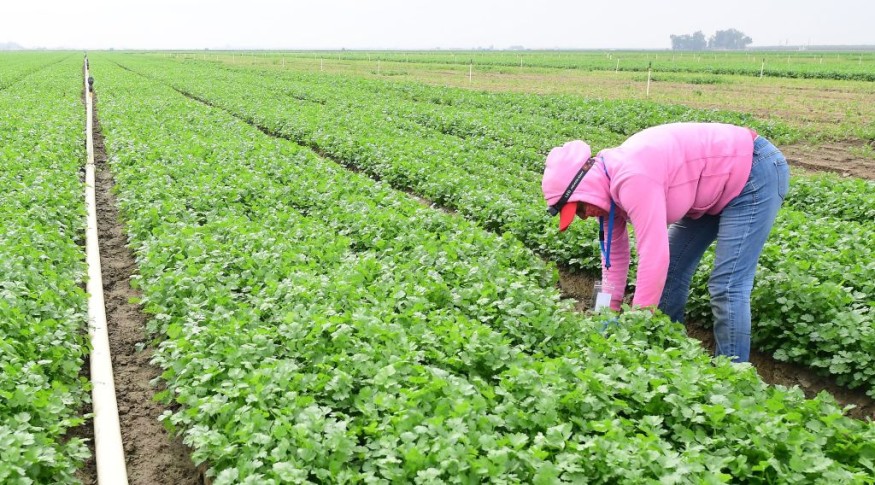
President Toso of the CCA indicated that the shortage of rainfall has resulted in two huge disadvantages for farmers and ranchers: a shortage of irrigation to fuel their animals and a deficiency of grassland productivity to supply cattle.
Ranchers Faced the Worst Drought Year
Livestock producers in California recently suffered a catastrophic setback to business sector as a result of numerous dry seasons in a row, which has also positioned the country in a crisis of distress and prompted farm owners to decrease their animals.
California has seen a substantial dearth of rainfall in the manner of rain and alpine snowpack during the previous just a few years this is per the AccuWeather Weather forecaster Isaac Longley.
"This has all been particularly obvious during rainy period, when California generally receives the majority of its rainfall," Longley added.
"For this year, a number of farmers was force to market off their cattle."
Tony Toso, told AccuWeather's reporter that "Landowners going to pay investment returns on that as well as sacrificing their money-making machine."
"Of course, this has led to a long dryness throughout the nation, negatively impacting agricultural activities and industry."
Swickard had spoken to several other landowners in his town, many of whom are in their late 80s and 90s and they called this period among the worst years historically for cattle farmers in the country.
Swickard further explained to Journalist Angeline that most of the spring ranchers depended on for quite some times have gone dry thus cattle farmers have to take water in a semi-truck operating practically during summertime and springtime transporting water long hours.
Also read : Many Countries Including US Halts Fossil Fuel Project Funding Abroad and Invest in Clean Energy
CCA and Cattle Farmers Collaboration
To compensate for the shortage of grass useable to feed the cows and sheep. Toso also said that he and other herders will complement the cows' nutrition with hay and other forms of vitamins so they can survive.
"We put a high premium on our maternal cattle, and that it's regrettable that we had to dispose still a several of them simply to continue in operation," Swickard explained.
As Toso is also a cattle farmer, said that the CCA is collaborating with land owners throughout the region to refer them in the appropriate path for state assistance and other programs as the drought continues.
Todd Swickard, proprietor of Five Dot Ranch, was one of several breeders devastated by the circumstances, having to liquidate around 25% of his animals, most of which were auctioned to be butchered.
Toso and Swickward both are hoping for additional precipitation, since it will help farmers who have had to cut down their herds to recover.
"Fortunately, the annual precipitation has gotten off to a new startup this year, with many thunderstorms dropping amounts of precipitation throughout a large portion of the territory, particularly in Central and Northern California," Longley added.
"Though this has created a modest difference in the current dryness, we have a long road ahead to go before we can make any significant difference."
© 2025 NatureWorldNews.com All rights reserved. Do not reproduce without permission.





